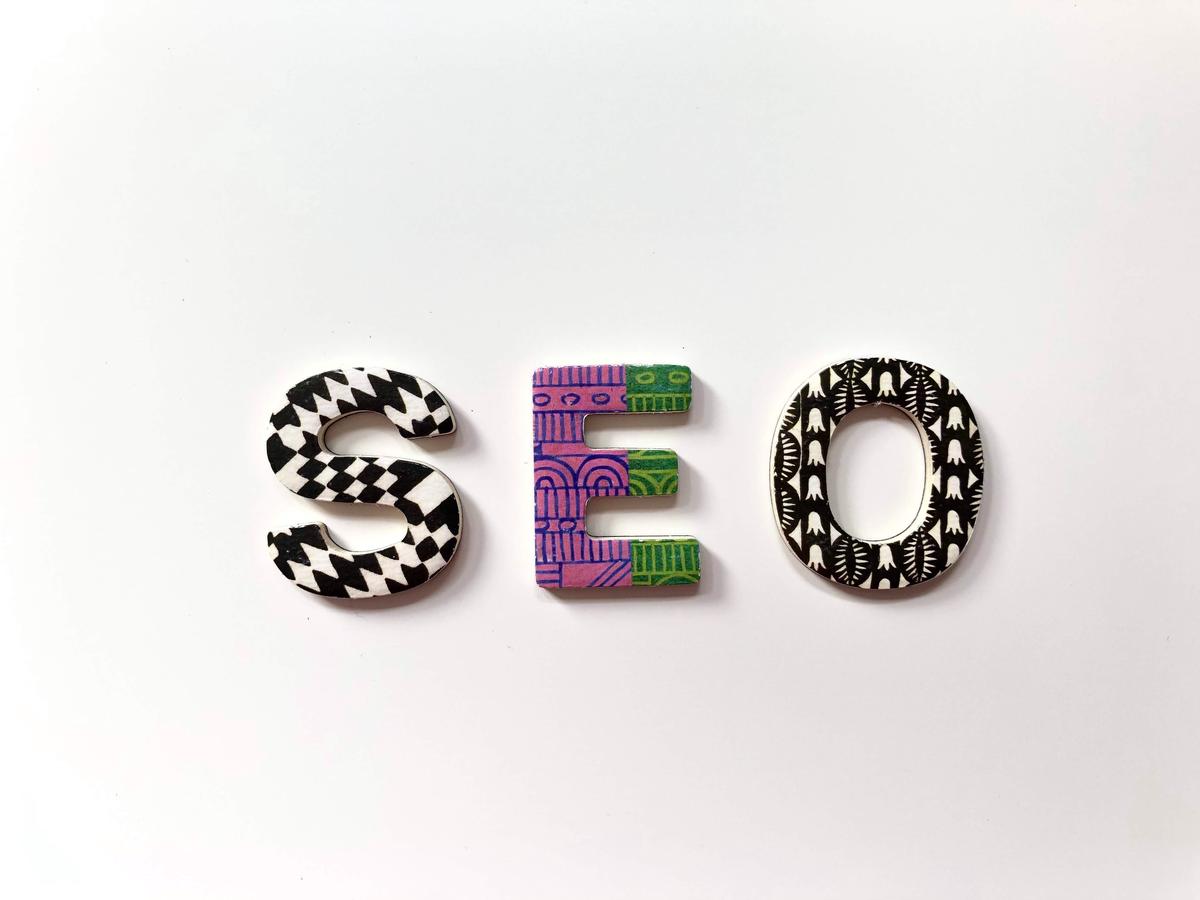BetterYouJourney.com is a participant in the Amazon Services LLC Some of the links in our posts are affiliate links. Click here to see full Disclosure.
Dive into the world of blogging with an ambition not just to share your thoughts and ideas, but to actually profit from them. You are about to embark on a journey through the basic and technical aspects of creating a profitable blog, including understanding your audience, creating engaging content and exploiting features offered by popular blogging platforms. You’ll also learn about the myriad of ways to monetize your blog, be it through affiliate marketing, sponsored content, or selling your own products or services. In addition, you’ll gain insight into the basics of SEO and digital marketing to drive traffic to your site, as well as how to leverage analytics to optimize your blog’s performance and enhance overall profitability.
Understanding Blogging Basics
Choosing a Blogging Niche
Selecting a niche for your blog is the first critical step towards starting a profitable blog. A niche is the specific subject area or target audience you’ll focus on. Based on your interests, expertise and market demand, pick a niche that not only sparks your passion but also has the potential to generate revenue. Consider aspects such as competition, potential for affiliate marketing, and accessibility of products or services you could offer or promote.
Understanding Your Audience
Understanding who makes up your audience will allow you to tailor your content to appeal to them directly. To do this, conduct market research. Demographics, preferences, needs, challenges, and browsing habits are attributes you might want to investigate. Tools like Google Analytics or reader surveys can be instrumental in gathering these data.
Different Types of Blog Formats
There are a variety of blog formats to choose from. How-to guides offer step-by-step instructions, list posts provide easy-to-consume information, opinion posts let you express your thoughts on a specific topic, reviews allow you to critique a product or service, and interviews offer insights from other experts in the field. Experiment to see which formats resonate best with your audience.
Creating an Engaging Writing Style
Developing your writing style will help you connect with your readers and build a loyal following. The key to an engaging writing style is authenticity. Be yourself and write as though you are talking to a friend. Use conversational language, break your content into subheadings for easier reading, and occasionally ask questions to engage your readers.
Consistently Produce High Quality Content
Consistency and quality are vital in building and maintaining an audience for your blog. Establish a content creation schedule to ensure that you are regularly providing new posts for your followers. Moreover, the quality of your content is equally important. High quality content is informative, clear, correctly formatted, grammatically correct, and provides value to the reader.
Familiarize Yourself with Popular Blogging Platforms
Finally, select a blogging platform that’s user-friendly and matches your needs. WordPress, Blogger, and Medium are among the most popular. These platforms have differing features; some may have more plug-ins, some may be more user-friendly, and others may have better SEO capabilities. Explore several platforms before making a decision.

Monetization Strategies
1. Understanding Revenue Streams for Your Blog
Understanding how to monetize your blog is all about understanding your revenue streams. These come in the form of ads, sponsored content, product sales, and affiliate marketing. Each of these is a different approach with its own rules – but all can be highly profitable with the right tactics and content.
2. Monetizing with Affiliate Marketing
Affiliate marketing is a form of advertising where you, the blogger, earn a commission by promoting other companies’ products. Start by joining an affiliate network like Amazon Associates, ClickBank or Commission Junction. After being approved, you can browse their product selection and select items that match the content of your blog. Insert affiliate links to these products into your blog posts. When a reader clicks on an affiliate link and makes a purchase, you’ll receive a percentage of the sale.
3. Making Money with Sponsored Content
Sponsored content is another great way to make money with your blog. Advertisers pay you to post content relating to their product or service on your blog. The content can take the form of articles, reviews, videos, and more. Reach out to companies that align with your blog’s content and audience. Be honest with your readers by disclosing that the content is sponsored.
4. Selling Products or Services
If you have a product or service, your blog can serve as an excellent platform to promote it. Whether it’s digital products like ebooks or courses, physical products, or services like consulting or coaching, selling through your blog can be very profitable. Make sure to create high-quality products that your audience finds valuable. Promote these products on your blog through well-crafted content that highlights their benefits.
5. Generating Revenue with Ads
Ads can be a lucrative way to earn money from your blog. Programs like Google AdSense make it easy to add ads to your blog. You’ll earn money whenever a visitor clicks on these ads. Just remember to avoid excessive ads as they can potentially deter readers. Always strive for a balance between monetization and user experience.
6. Running a Membership or Subscription Program
Running a membership or subscription program is another way to monetize your blog. Memberships can offer premium content, ad-free reading, members-only forums, and more. Subscription programs need to offer valuable perks to encourage readers to sign up, so be sure your content offers significant value beyond what’s available for free.
7. Creating an Online Course or Webinar
If you are an expert in your blog’s topic, you might consider creating an online course or webinar. These can be highly profitable, especially if your course provides unique insights or skills.
With these monetization strategies, it is important to remember that the key to a profitable blog is providing valuable content that draws in and retains a dedicated readership. With valuable content, you can then use these strategies to monetize your blog and turn it into a powerful source of income.

SEO and Digital Marketing for Blogs
Understanding Search Engine Optimization (SEO) Basics
Search Engine Optimization, or SEO, consists of practices to increase visibility and rank higher on search engine result pages. There are two fundamental aspects of SEO – on-page and off-page.
On-page SEO refers to things you can control on your blog, like content quality, keyword placement, and content structure. Start by researching keywords relevant to your blog topic that users are likely to search. Use these keywords strategically in your blog title, headings, subheadings, and body content.
Off-page SEO concerns elements outside your blog that impact your search engine visibility, primarily backlinks. Backlinks, links from other websites to yours, signal to search engines that your content is trustworthy and relevant. Gaining more quality backlinks can increase your blog’s search engine rankings.
Keyword Research for your Blog
Keyword research is crucial in optimizing your blog for search engines. You need to understand what your potential readers are searching for. Various online tools like Google’s Keyword Planner can help find the right keywords. Look for keywords that have high search volume but low competition. Once you find these keywords, incorporate them naturally into your content.
Using Social Media to Drive Traffic
Social media can significantly boost the visibility and reach of your blog. It allows you to share your content with a wider audience and interact with your readers, building a community around your blog. Use social media platforms where your target audience spends the most time, like Facebook, Twitter, or Instagram. Share teasers, infographics, or interesting snippets from your blog posts to hook your audience and drive them to your blog.
Email Marketing for Blogs
Email marketing is another powerful channel to engage with your audience and drive traffic to your blog. Start by capturing visitor email addresses using subscription forms on your blog. Then, you can send regular newsletters featuring your blog updates, special promotions, or exclusive content. Make sure your emails are personalized, engaging, and add value to your readers.
Exploring Other Digital Marketing Channels
Besides SEO, social media, and email marketing, you can explore other digital marketing channels like guest blogging, online ads, or influencer partnerships.
Guest blogging is writing for other reputable blogs. In exchange, you get a backlink that not only drives traffic but also elevates your SEO ranking.
Paid online advertisements, like Google AdWords or Facebook ads, can expose your blog to a larger audience. You can target ads based on demographic and psychographic characteristics of your target audience.
Partnering with influencers in your niche can also boost your blog’s visibility. In exchange for a fee or product, they can promote your blog to their followers.
Remember, maintaining a profitable blog is a continuous journey. Always stay updated about new SEO practices and digital marketing trends. Keep analyzing your blog performance and refine your strategies accordingly.

Analytics and Optimization
Understanding Blog Analytics
One of the most important aspects of running a profitable blog is understanding and analyzing your site’s performance through blog analytics. Blog analytics tools, like Google Analytics, allow you to measure, collect, analyze, and report on your blog data to understand and optimize your blog’s performance.
Understanding blog analytics involves delving into various metrics. These metrics include traffic sources, bounce rates, and the time spent on your site.
Traffic sources represent origin points or locations where your visitors are coming from online, such as organic search, direct traffic, or referral sources. Understanding your blog’s traffic sources can help you identify which channels are most effective for driving visitors to your blog.
The bounce rate is the percentage of visitors who navigate away from your site after viewing only one page. A high bounce rate may indicate that users are not finding what they’re looking for on your site or that your site design is not engaging enough.
Time on site, meanwhile, measures how long, on average, visitors stay on your blog. If your visitors spend a lot of time, it’s a good indication they are finding your content interesting and engaging.
Optimizing Blog Performance
After you’ve learned how to understand these key metrics, the next step is to optimize your blog for better performance. Ideally, you want to maximize your traffic sources, reduce your bounce rate, and increase the time spent on your site.
To maximize your traffic sources, identify which channels are driving the most traffic and focus on improving your visibility and presence on those platforms. Use search engine optimization (SEO) strategies to increase your ranking in organic search results and build relationships with other websites to boost referral traffic.
Reducing your bounce rate will require delivering content that fully meets your visitors’ needs and expectations. Make sure your blog’s content is relevant, valuable, and easy to understand. Additionally, ensure that your blog’s design is clean, aesthetic, and easy to navigate.
Increasing the time spent on your site can be achieved by creating engaging and compelling content. Use multimedia elements like videos and infographics to capture readers’ attention, and strive for in-depth, quality content that encourages visitors to explore more of your site.
Leveraging A/B Testing for Blog Optimization
For more accurate optimization, consider implementing A/B testing—comparing two versions of a webpage to see which performs better. For instance, you could test different versions of your headline, layout, call to action, or even the content itself. By doing so, you can find what works best for your blog and adjust your strategy accordingly.
Remember, using analytics and implementing optimization strategies are not one-time tasks but ongoing processes. Regularly review your key metrics and adjust your strategies as required for maintaining and enhancing the profitability of your blog.

Ultimately, launching a profitable blog is more than just setting up a website and pouring your heart out. It requires strategic planning, a thorough understanding of your target audience, strong content development skills, and a grip on digital marketing and SEO. On top of this, understanding your blog’s analytics is crucial in optimizing your content and user experience. But with this guide, you’ve garnered invaluable insights to start your journey towards creating and running a lucrative blog. Remember, patience and consistency are the keys to success in this digital venture. Happy blogging!








